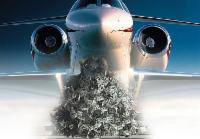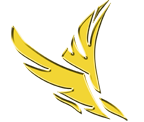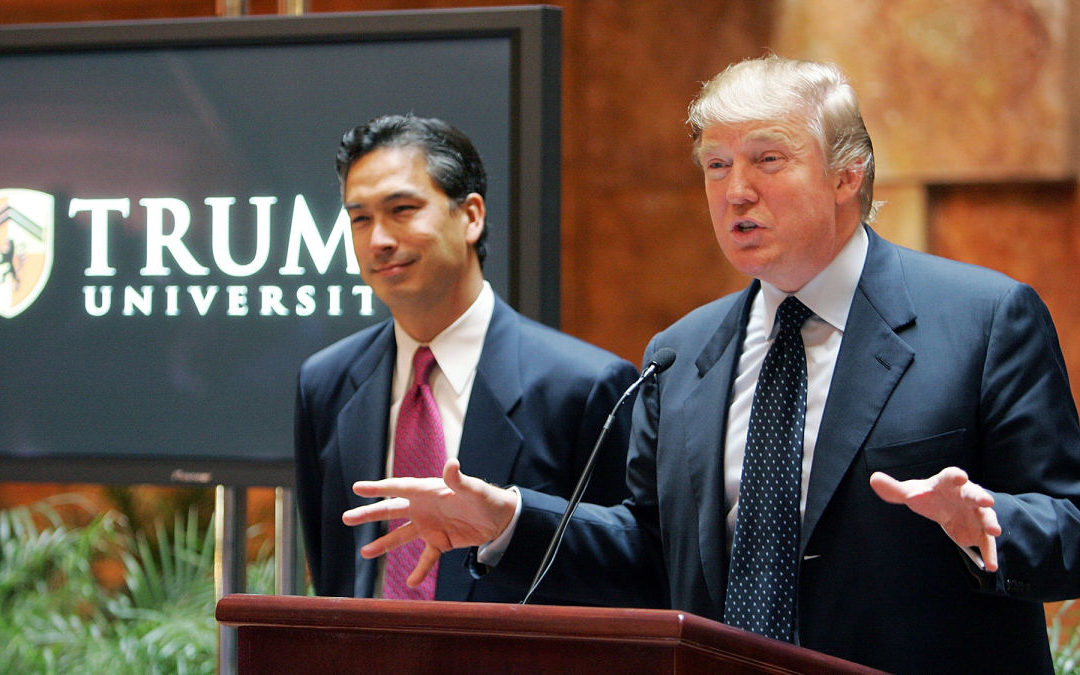 Aviation’s version of “Three Card Monte”
Aviation’s version of “Three Card Monte”
Three Card Monte is one of the oldest street scams there is, and it’s a game run by hustlers. The odds of winning are slim to none regardless of how carefully you pay attention to the game.
Now, why do I bring up “Three Card Monte” in relation to the aviation industry? Because there is a much more expensive “hustle” in the aviation industry called “PiggyBack Charter”! And a “hustle” is exactly what is involved.
You need to know the truth about Piggybacking and why you cannot afford to be involved.
Everything starts out innocently enough. You decided to have your own corporate aircraft. But you have no idea about the aviation business, you just want your own jet for efficiency and safety. That starts the confusion spiral that brings on the questions which intensifies the confusion.
The first question that needs to be answered is new or used followed by how much it will cost.
Interestingly jet aircraft come with a feature most people are not aware of…Jet airplanes do not have a chronological age like people have, but an airframes age that is determined by airframe hours not years.
So, it is airframe hours not the year built that is the driver. Therefore, a used aircraft with 10,000 hours on its 100,000-hour airframe is really only 10% old, and still has 90% of its life span in front of it.
This aircraft can easily be 10 to 20 to 30 years old and older and be perfectly safe. It still has 90% of its life in front of it at 5% of the costs of a new jet. If you care about money and efficacy this should be good news.
Manufactures and fractional operators do not like people to know or understand that fact, as they want to sell everyone new aircraft for millions of dollars more.
Anyway, that is where and how it starts, acquiring the aircraft. What comes next is the real dose of reality, the cost of operations.
Let’s say you acquired a 25-year-old mid-size jet and the budget you have in mind is whatever the salespeople tell you it is (which is going to lower than the reality of operations.
For example, and aircraft built 25 years ago may be 5% of the new aircraft. However, some things never change, like the operating costs
For example, let’s say you acquired a 1990 mid-size jet for a million or even two…still cheaper than $40 million for the same plane today.
New or old it will definitely be burring the same amount of fuel with the major difference being that fuel is not $1 a gallon today, it is more like $5 or $6, which takes the operating costs on just that one item from $365 dollars an hour to $2,190 dollars per hours and that is just the fuel.
Meaning even if you paid cash for the aircraft is it is going to be significantly more expensive than people might have thought it was. Once people understand the actual costs involved, they start seeking an alternative plan to offset the costs.
A logical solution to the problem is to charter your aircraft out to recover or minimize some of your operating costs, but as a 91 or corporate owner you cannot…it will require operating under a charter or management company 135. You can get your 135 but it will take a few years and cost a lot.
On the other hand, a management/charter operator tells you that by them chartering your aircraft, that you will make back all those unforeseen costs and even make a profit.
AKA. the “PiggyBack Charter” (PBC) operator! Well, there you go and welcome to the hustle!
First, what is a Piggyback Charter Operator or PBC? Well, a PBC operator is a charter operator with the necessary FAA 135 certification to fly your aircraft for hire and is “willing” to put your aircraft on their certificate for certain costs.
That is the illusion the “PBC” operator offers you…the neophyte owner. The PBC operator offering you the opportunity to offset costs and make extra income by putting your aircraft on his FAA certificate, making it available/legal for hire. But there are a few profound and disturbing issues with this accommodation and that is what we need to examine.
Those profound and disturbing issues follow in this order:
#1. Your aircraft’s basic operating costs within this arrangement are going to be well over the going charter rates. Your aircraft is now a commercial carrier subject to the FAA’s 135 rules, liabilities, and added costs. Therefore, any hours of operation/charter are going to be much more than the charter price, costing you more money than if you never flew the aircraft for even one hour of charter.
#2. Additionally, the certificate holder also charges you a 15% fee which comes right off the top before the operating costs. Plus, another 5% commission If a charter broker is used, for a total of 20%. These charges add 20% to the already insufficient operating costs. Also, the charter operator will charge you the aircraft owner a management fee of up to $10,000 a month, or an additional $120,000 a year.
#3. What is the result? The certificate holder always makes his profit off the top plus a management fee because you the owner are now supplying your multimillion dollar aircraft with all of the associated costs to the charter certificate holder at no risk or cost to the charter operator. You have handed over your aircraft free of charge, and he makes money off of you by charging you a fee to use his certificate plus that management fee. This might make sense if you, the owner of the aircraft made any money off the transaction. But you will not.
And if you learn nothing else from this post, understand that will never happen. You will never make any money off the charter because the cost of the aircraft operations is always going to be more than the charter income, plus those operator’s fees. A classic exploitation of one party using other people’s money to make a profit and with zero risks to themselves! That is one part of the game you are never supposed to know about.
Here is the other issue. Since the charter operators do not own the plane, they do not care if the charter rate is sufficient to cover the costs of the owner’s aircraft operations. Their only real concern is to generate pure 100% profits for their bottom line from the fees they make by chartering your aircraft at zero risks to themselves. So why would anyone think Piggyback chartering is a good program for them? Because they said so?
What do you the owner get out of all of this? Depending on the type of aircraft you are supplying to this scheme, you might face $200,000 or more in unanticipated additional annual costs. Plus, the Piggy Back Charter operator might add up to 200 hours a year or more in additional use to your aircraft, which will impact your aircraft’s resale value.
But there is a bigger issue you need to understand. While your aircraft is flying charter in a commercial environment, your liability is through the roof! If that aircraft should be involved in any kind of incident, especially if it included fatalities, you could in all likelihood lose your company and everything you own. In some cases, while operating in a revenue environment (charter) there can also be criminal liability. This comes about because almost all aircraft accidents involved pilot error. And since it is your aircraft, and your pilot flying for hire, on your behalf, depending on the circumstances it could get extremely ugly. Meantime, you are taking on all of this risk just to lose hundreds of thousands of dollars operating the aircraft as a charter aircraft. * Remember “the Hustle”? The old charter two-step, well there you go!
My message to all owners is that you should absolutely not do this. With only increased expenses and the further risks, as well as the added wear and tear to your aircraft, there are zero benefits in it for you the owner.
Do not be hustled. “PiggyBack” chartering will eat your lunch, create excessive liability for you, and ruin your aircraft.
To be sure there are other ways to improve your operations and save substantial money, contact me and I will show you how.
* To determine if these statements above are correct, I’ve used Conklin and deDecker’s latest cost analyses, finding the exact operating expenses of the Hawker 800XP aircraft as an example, although the results are pretty much the same for all aircraft.
For this illustration, I’ve put the aircraft in for 300 hours of standard corporate use but also added 200 hours of charter for a total of 500 hours annually. Then going to the Air Charter Guide as well as Charter Hub I averaged 35 different prices for the charter rate of the 800XP. These costs do not include the payment if there is any, nor the RON cost, catering, ramp fees or any other non-direct operation costs.
These are the results:
At 300 hours of use, the real cost to operate the 800XP is $4,818/hr. At 500 hours (with the extra charter hours), the cost is diluted to $3,884/hr. But then add in the 15% charter operator’s fee, and another 5% for the sales commission of the charter broker and that brings the out-of-pocket costs for the aircraft owner to $4,540.45. The advertised standard charter rate for the 800XP is $3,283. This means that every hour of charter flown on the 800XP is costing, not saving the aircraft owner $1,257.45/hour or $251,490 annually. The result is the charter certificate holder is making $98,460 in 15% fees plus the management fees (another $120,000) with zero risks At the same time, the charter broker is making another $32,830. So on those exact same 200 hours, you are losing $251,490 dollars, the Piggy Back Charter operator and charter sales group are making a total of $251,290 (sound familiar) in the long game hustle!
Check it out for yourself. These numbers may be verified using the same information I have used.

